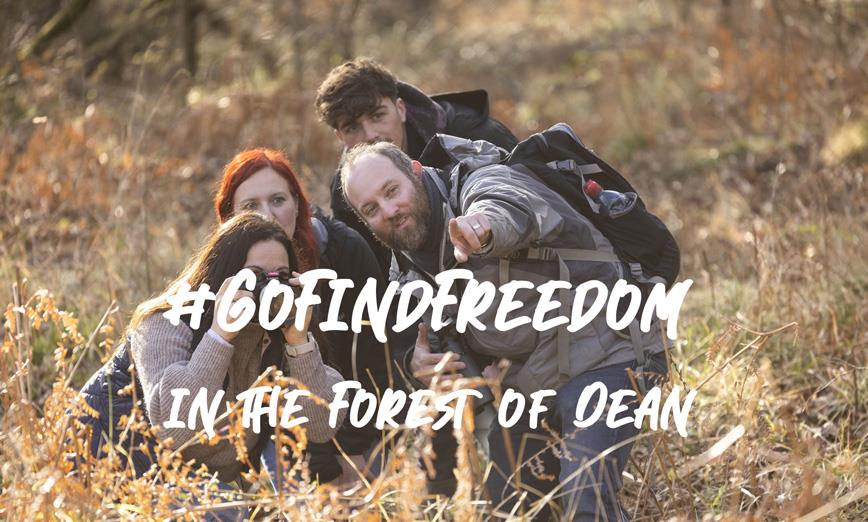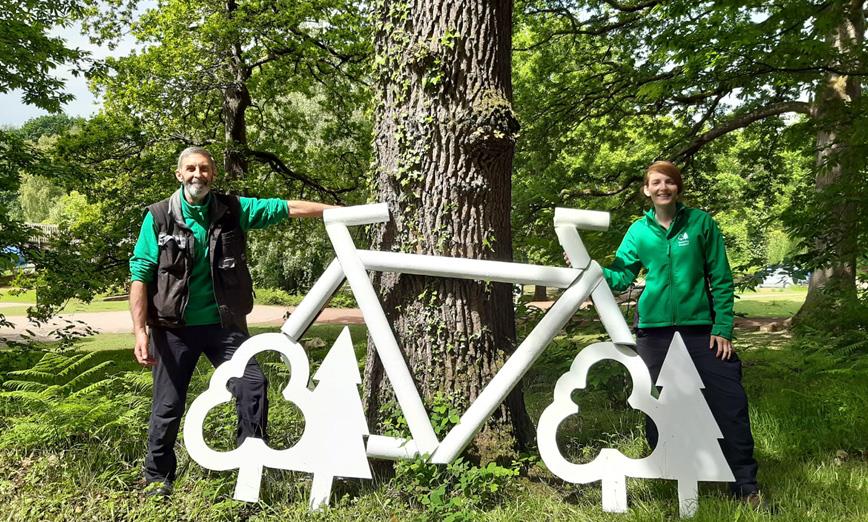- Stay
- What's On
- Things To Do
- Food & Drink
- Explore
- Inspiration
- Offers
- Weddings
- Blog
My Planner
- Stay
- What's On
- Things To Do
- Food & Drink
- Explore
- Inspiration
- Offers
- Weddings
- Blog
You are here: Things To Do > Walking > Other Walking Routes & Trails > Map Reading: Symbols for Beginners
The world is divided into two types of people: those who look at a map with a sense of joy, visualising distant journeys and adventures; and those who are filled with dread and confusion at the jumble of squiggles, dots and numbers in front of them!
Although there’s a lot of detail on most walkers’ maps, they’re not quite as complicated as they might seem at first. Getting to grips with map reading all starts with an understanding of map symbols, or the pictures used to represent the outside world.
Here’s a rundown of some of the main symbols to identify on an Ordnance Survey (OS) map.
Routes and Paths
It’s important to remember that just because there’s a track on the ground doesn’t mean you’re allowed to walk on it! In England and Wales Public Rights of Way are marked with a green dashed line on a 1:25,000 scale OS map (pink on a 1:50,000 scale map). Public footpaths are the shortest dashed line with longer lines for bridleways (where you’re also allowed to ride a horse or bike). Orange dashed lines are ‘permissive’ routes, which means that the landowner is happy for you to pass through but it’s not a legal right; they could decide to end access any time they want to. Luckily very few of these actually exist these days. Don’t worry too much about the other types of right of way – if it’s green you’re allowed to walk there!
Here in the Forest of Dean and Wye Valley we’re also lucky to have access to some fantastic long-distance paths such as the Offa’s Dyke Path, the Wye Valley Walk and the Gloucestershire Way. These are all marked in green, but with the addition of a diamond shape as well as dashes to denote a national trail/long distance route.
Footpaths with no indication of rights of access on an OS map are shown as short black dashed lines. A single line of dashes is usually a track wide enough for a couple of people to walk along whilst 2 dashes side by side is wider and would typically be a track wide enough to take a vehicle. Don’t take that as a guarantee though; tracks do change over time and the maps aren’t updated all that frequently. Here in the Forest of Dean for example, a new track might be added to allow lorries into our working forest for timber extraction and not show on the map. Likewise, an old abandoned forest road could be on your map but have long since grown over and disappeared.
 Line Features
Line Features
Most of the navigation we do in the great outdoors is all about following straight lines. If you’re not following a path it might be a stream or river (blue lines) or a field boundary (black solid lines on a 1:25,000 map). Field boundaries can be particularly useful as you can even count the numbers of fences to work out exactly where you are. Just be aware that new fences can be put up and old ones removed without the map being updated!
Area Features
An area feature is anything like a wood, lake or open field. It’s useful to be able to work out which side of the feature you’re standing on but won’t necessarily help you to pinpoint your exact position. If you have a good enough view, you might be able to pick out the shape of the feature. Mallard’s Pike Lake in the Forest of Dean is an example of this, marked as a large blue area. Forests are marked in green while open land is usually white.
Point Features
A point feature is a definite spot that would tell you exactly where you are. These include buildings (small black enclosed area with a faint pink shading) and churches (cross with different shapes to show a church with a tower or steeple) and even the point where two line features meet, such as a crossroads.
Imaginary Lines!
Just to confuse us all, OS maps have information that’s not useful for walkers but might be for local authorities and other organisations. There are a range of black squiggles to show county boundaries, parish boundaries and more. Don’t mistake them for paths or you might find yourself walking down the middle of the River Wye (the national boundary between England and Wales!).
Contours
Spiralling across the map, these oddly shaped orange-brown lines can give you three key pieces of information: 1. The height above sea level is indicated by the number alongside some of the contours, with the line either side being either 5 or 10 metres higher or lower depending on which OS map you’re looking at. 2. The steepness of the ground is shown by how close together the lines are – if your route crosses lots of lines in a short space of time you can expect to be heading steeply uphill or downhill (depending on whether the numbers are going up or down). 3. The last key point is the shape of the land. With a little practice you can learn how to tell a valley from a ridge and pick out the easiest route over difficult ground.
Other Maps
Most of the information here is relevant to OS 1:25,000 scale maps; these are probably the most widely used walkers’ maps in the country and what you’ll see using the app. But you might find yourself using a different map from time to time, such as a larger scale OS map or even a Harveys map if you’re following a long-distance trail like the Offa’s Dyke Path. Just be aware that some of the symbols will be a little different and take the time to get to know your new map before heading out.
More Information
These are just a few of the key features you’ll find on your map, but it’s really worth getting to grips with the level of detail in each sheet. Spend a little time looking at the key on the edge of the map to learn a few more symbols and, when you find one you don’t recognise, look it up. A top tip is to download and print out a separate copy of the key to keep in your pocket. That way you won’t need to unfold your map every time whilst you’re out walking.
Ordnance survey symbols can be downloaded for 1:25,000 scale (orange cover) maps here and for 1:50,000 (pink cover) maps here.
This article was written by Borderlands Outdoor who offer navigation courses throughout the Forest of Dean and Wye Valley which can help you to learn to navigate in the great outdoors so you can explore with confidence. Read their article on navigation for beginners here and see their navigation challenge here, can you match the images to the maps?
Explore Our Highlights

- 1Forest Holidays -Forest of Dean
- 2Briery Hill Llamas
- 3Oakwood Cottage
- 4Here's good news! Hot Tub / Fires - Sky cinema
- 5Seven Hills Hideaway Luxury Glamping
- 6Stables - Luxury Cottage with Hot Tub - Internet 76 Mbps
- 7Way2Go Adventures Ltd
- 8Beechenhurst
- 9The Forest Larder
- 10Wye Adventures Hen & Stag Parties
- 11The Rookery Cottage
- 12Golf at Bells Hotel and Country Club
- 13The Coach House - Newland
- 14River Wye Canoe Hire
- 15Adventure golf at Whitemead Forest Park
- 16Whitemead Forest Park - Camping & Caravans
- 17Saracens Head Inn
- 18The Speech House Hotel
- 19Verderers’ at The Speech House
- 20Symonds Yat Rock
- 21Pedalabikeaway
- 22The Coach House at Saltbox Escapes
- 23Puzzlewood Cottages
- 24The Dome Garden

©Visit Dean Wye 2025. All Rights Reserved.
*Visit Dean Wye is the trading name of Forest of Dean & Wye Valley Tourism Limited.








